
The Top 5 Hidden Gems in London: Discovering the City’s Best-Kept Secrets
London is a city filled with famous landmarks and attractions, but it also has a wealth of hidden gems waiting to be discovered. Whether you’re a first-time visitor or a seasoned traveler, there’s always something new to explore in this vibrant city. Here are the top 5 hidden gems in London that are worth a visit.
Little Venice
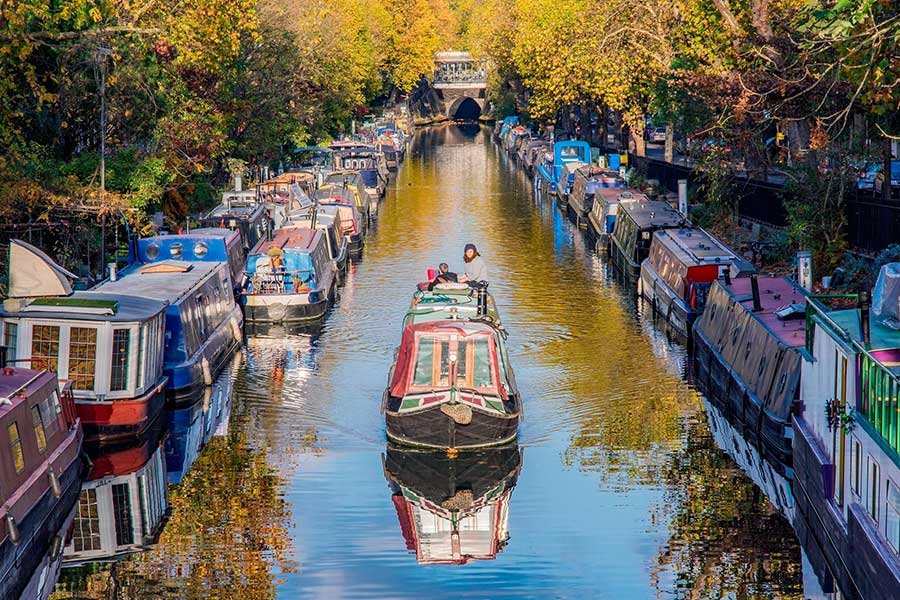
Little Venice is a picturesque and charming area located in the northwest of London, England. It is situated where the Grand Union and Regent’s Canals meet, and is known for its tranquil waterways, colorful narrow-boats, and quaint houseboats.
The area is a popular destination for both locals and tourists, who come to enjoy the scenic surroundings, take a leisurely stroll along the canals, or enjoy a boat ride. There are many narrow-boats and houseboats moored along the canals, some of which are available to rent for short stays.
Little Venice is also home to a variety of restaurants, cafes, and bars, which offer a range of cuisines and styles to suit all tastes. Many of these establishments have outdoor seating areas, which provide a perfect spot to enjoy a meal or a drink while taking in the beautiful scenery.
One of the most popular attractions in Little Venice is the Puppet Theatre Barge, which is a floating theatre that presents a range of puppet shows and other performances throughout the year. The theatre is located on a converted barge, and offers a unique and intimate experience for theatre-goers.
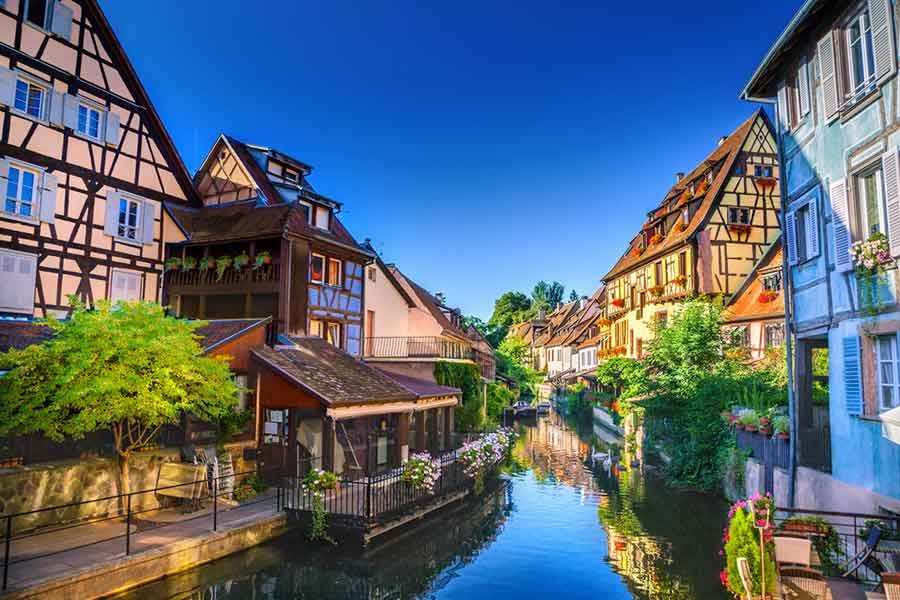
Another popular attraction in the area is the Canal Museum, which provides visitors with an insight into the history of the canals and their importance in the development of the city of London. The museum contains a range of exhibits, including historic boats, tools, and equipment used for canal maintenance and navigation.
Little Venice is also well-connected to other parts of the city, with several tube stations and bus stops located nearby. It is within easy reach of other popular destinations in London, such as Camden Market and Regent’s Park.
Overall, Little Venice is a charming and relaxing area, which offers a unique glimpse into a quieter and more peaceful side of London. Its tranquil waterways, colorful boats, and range of attractions make it a must-visit destination for anyone looking to escape the hustle and bustle of the city for a few hours.
Dennis Severs’ House
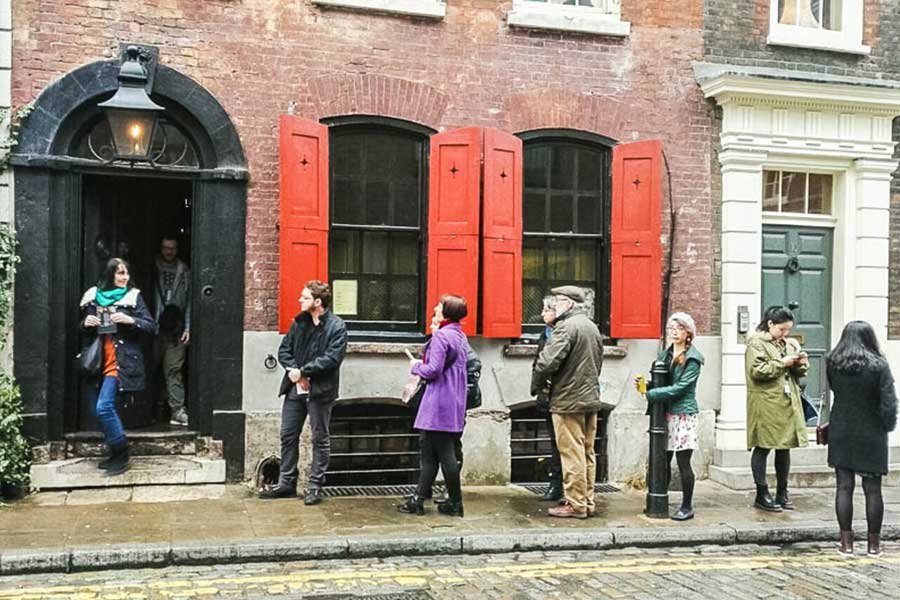
Dennis Severs’ House is a unique historical house museum located in Spitalfields, London. It is an immersive and interactive experience that offers visitors a glimpse into life in an 18th century London home. The museum is named after its former owner, Dennis Severs, who bought the property in 1979 and spent over two decades transforming it into the immersive experience it is today.
The house is arranged as if it were a time capsule, with each room designed to evoke a specific moment in the life of its former occupants, a family of Huguenot silk weavers. The rooms are dimly lit, and are filled with a range of historical objects, furniture, and artwork, which have been carefully selected to create an authentic and atmospheric environment.
As visitors move through the house, they are transported back in time, and are encouraged to use their imagination to fully immerse themselves in the experience. The house is designed to appeal to all the senses, with the sounds of creaking floorboards, the smell of cooking food, and the feel of soft furnishings all adding to the immersive atmosphere.
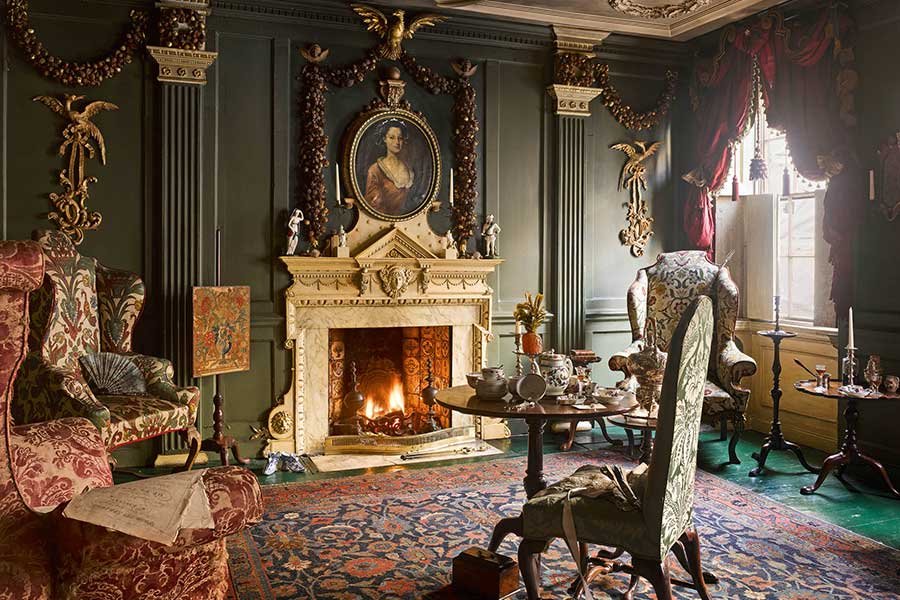
One of the most unique aspects of Dennis Severs’ House is the attention to detail that has gone into its design. Each room is carefully curated to create a specific mood or feeling, and visitors are encouraged to take their time and explore the space at their own pace. The house is not guided, and visitors are free to wander and explore as they please, adding to the sense of discovery and adventure.
Dennis Severs’ House is also known for its range of events and activities, which are designed to enhance the immersive experience. These events include candlelit tours, which add to the atmospheric lighting, and storytelling evenings, which bring the history of the house and its former occupants to life.
Overall, Dennis Severs’ House is a unique and unforgettable experience, which offers visitors a glimpse into a bygone era. Its attention to detail, immersive atmosphere, and range of events and activities make it a must-visit destination for anyone interested in history, art, or design.
Leake Street Tunnel
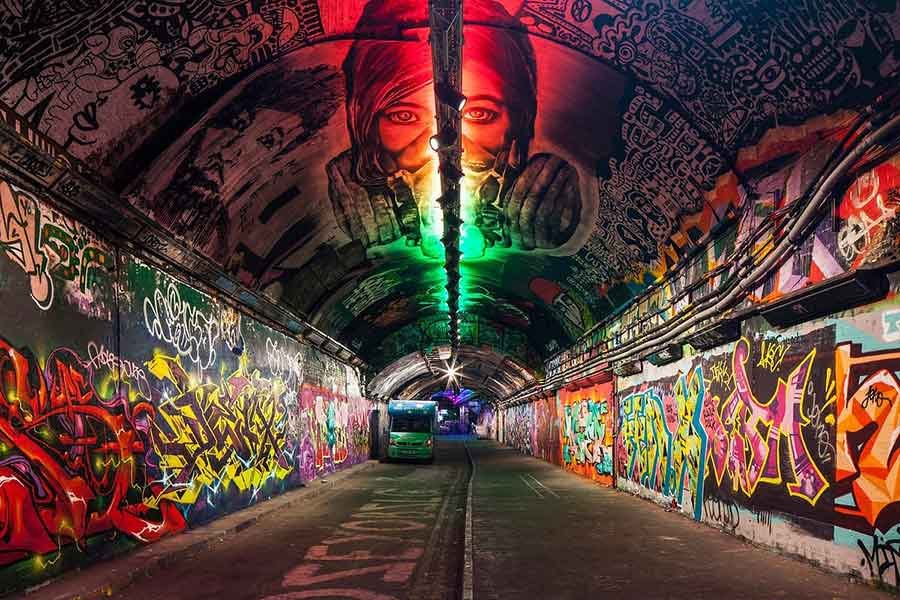
Leake Street Tunnel, also known as the “Banksy Tunnel,” is an underground tunnel located in the Waterloo area of London, England. The tunnel is famous for its street art, which covers the walls and ceiling of the tunnel, and is constantly changing as new artists come and go.
The tunnel was originally built in the 19th century as a pedestrian walkway for workers travelling to and from the nearby Waterloo station. However, it fell into disrepair over the years and was largely abandoned until it was discovered by street artists in the early 2000s.
The tunnel was initially used by graffiti artists as a place to practice their art away from the prying eyes of the authorities. However, in 2008, street artist Banksy organized a project called “Cans Festival,” in which he invited over 30 street artists from around the world to paint the walls of the tunnel. The project was a huge success and transformed the tunnel into a vibrant and constantly evolving outdoor gallery.
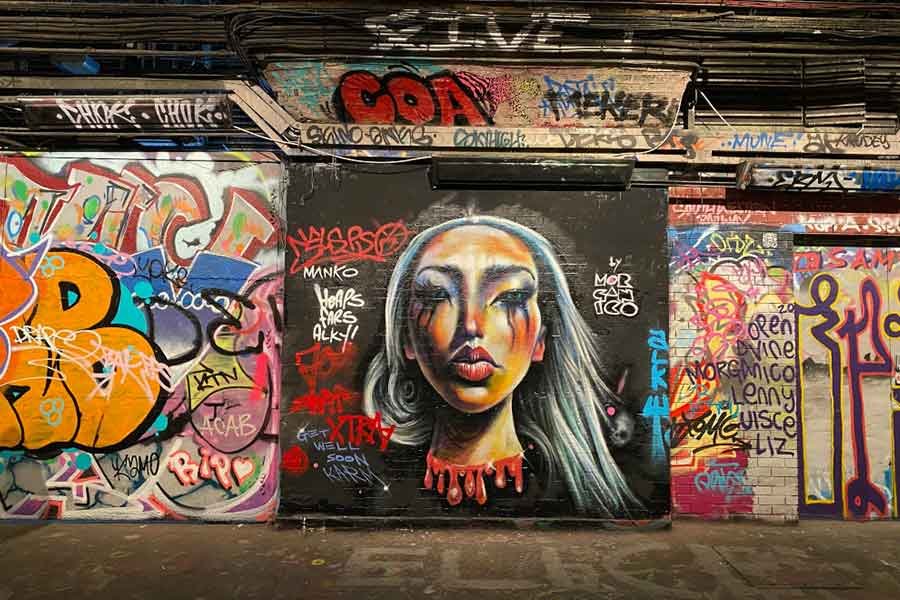
Since then, the tunnel has become a popular destination for street art enthusiasts, tourists, and locals alike. The walls and ceiling of the tunnel are covered with a wide range of street art, from simple tags and throw-ups to large and intricate murals.
One of the unique features of the Leake Street Tunnel is that it is a legal graffiti spot, which means that artists are allowed to paint there with the permission of the authorities. This has helped to create a sense of community among the artists, who work together to create stunning and often thought-provoking pieces.
In addition to its street art, the Leake Street Tunnel is also home to a range of events and activities throughout the year. These include live music performances, art exhibitions, and even a street food market, which takes place on weekends.
Overall, the Leake Street Tunnel is a vibrant and exciting destination, which offers a unique and constantly changing experience for visitors. Its street art, community spirit, and range of events make it a must-visit destination for anyone interested in urban culture, street art, or graffiti.
The Hunterian Museum
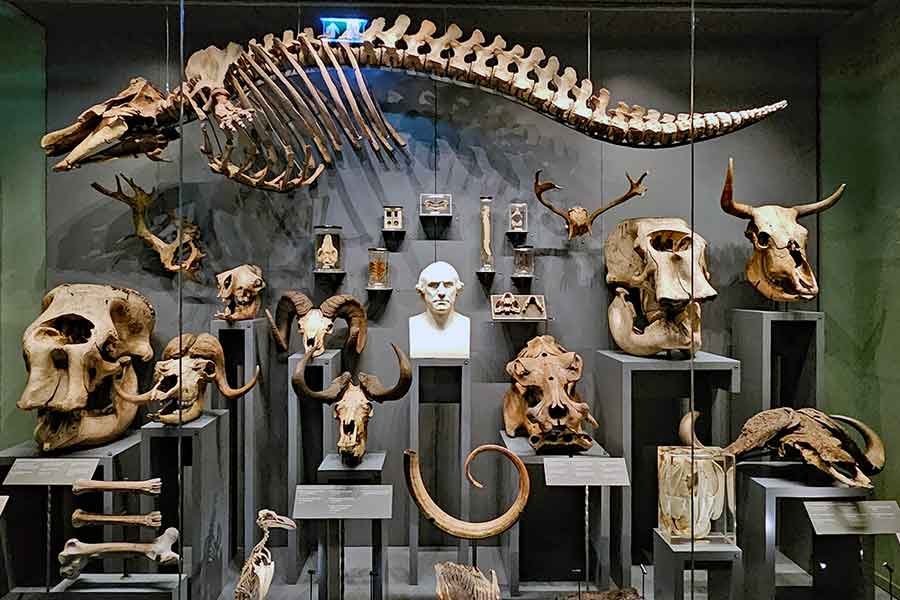
The Hunterian Museum is a museum of medical history and pathology located in London, England. It was founded in 1799 by John Hunter, a Scottish surgeon and anatomist who is known for his pioneering work in surgery and for his contributions to the study of comparative anatomy.
The museum is part of the Royal College of Surgeons of England and is named after John Hunter. It contains a vast collection of specimens, instruments, and artifacts related to surgery, anatomy, and pathology. The museum’s collection includes over 3,500 specimens, including preserved organs, bones, and tissues, as well as surgical instruments, historical documents, and artwork.
Some of the most notable items in the Hunterian Museum’s collection include the skeleton of Charles Byrne, also known as the “Irish Giant,” who was over 7 feet tall; a preserved liver from a victim of arsenic poisoning; and a mummified human head from ancient Egypt. The museum also houses a number of historical surgical instruments, including those used by John Hunter himself.
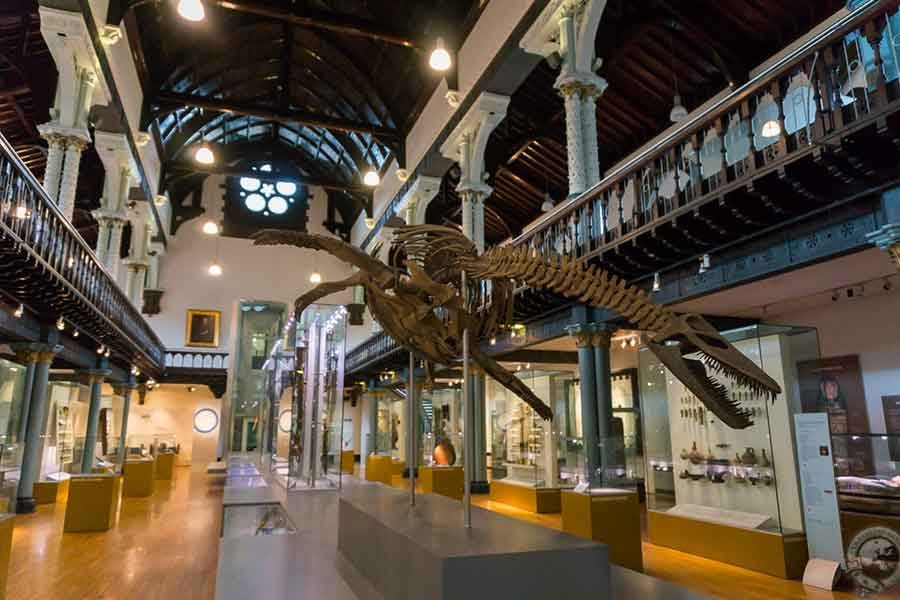
The Hunterian Museum is known for its extensive collection of pathological specimens, which provide important insights into the development and progression of diseases. The museum’s specimens include examples of various types of cancer, as well as infectious diseases such as tuberculosis and syphilis. The collection is also used by medical students and researchers for education and research purposes.
In addition to its collection, the Hunterian Museum also hosts a range of exhibitions and events throughout the year. These exhibitions cover a variety of topics related to medical history and pathology, and include both temporary and permanent displays. The museum is open to the public, and admission is free.
Overall, the Hunterian Museum is an important institution for the study of medical history and pathology, and provides a unique insight into the development of medical science and surgery over the centuries.
Highgate Cemetery
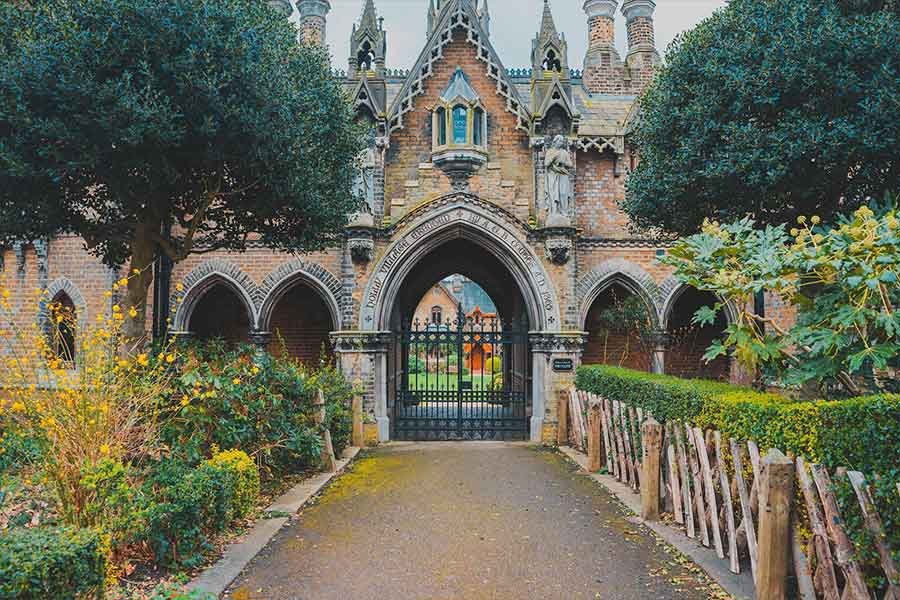
Highgate Cemetery is a historic cemetery located in the Highgate area of London, England. It is divided into two sections: the East Cemetery and the West Cemetery. The East Cemetery is open to the public, while the West Cemetery can only be visited on a guided tour.
Highgate Cemetery was opened in 1839 as a response to the shortage of burial space in London. It quickly became one of the most fashionable places to be buried, with a range of impressive tombs and monuments designed by some of the most prominent architects and sculptors of the time.
The East Cemetery is home to a range of famous graves, including those of Karl Marx, Douglas Adams, and George Eliot. It is also home to the Egyptian Avenue, a winding path lined with elaborate tombs that leads to the Circle of Lebanon, a circle of tombs that surround a towering cedar tree.
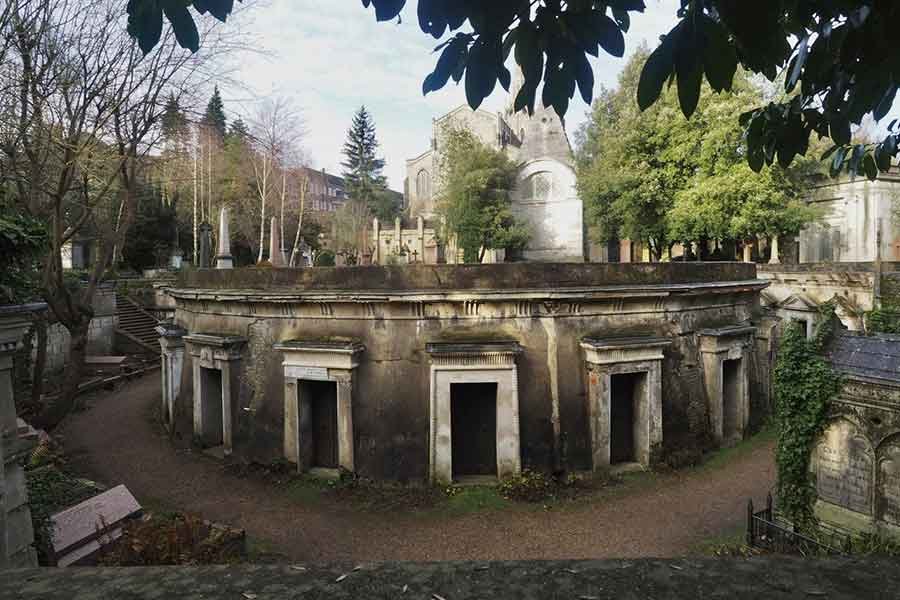
The West Cemetery, which is only accessible by guided tour, is even more impressive, with a range of impressive tombs and monuments that showcase the wealth and status of those buried there. It is home to the graves of a number of prominent figures, including the inventor of the telephone, Alexander Graham Bell, and the author of Dracula, Bram Stoker.
One of the most unique features of Highgate Cemetery is the range of architectural styles on display. The cemetery is home to a range of Gothic, Egyptian, and Classical tombs and monuments, many of which are beautifully crafted and highly detailed.
Highgate Cemetery has also played an important role in the conservation of local wildlife, with a range of rare and endangered species living within its walls. The cemetery is home to a range of mature trees, which provide valuable habitat for a variety of bird and insect species.

Overall, Highgate Cemetery is a fascinating and important destination for anyone interested in history, architecture, or the natural world. Its beautiful tombs, impressive monuments, and rich history make it a must-visit destination for anyone visiting London.
Final Notes
While London may be known for its famous attractions, it’s the city’s hidden gems that make it truly special. From the tranquil canals of Little Venice to the underground street art of the Leake Street Tunnel, these hidden gems are waiting to be discovered. So, next time you’re in London, be sure to venture off the beaten path and explore these fascinating and unique attractions.


